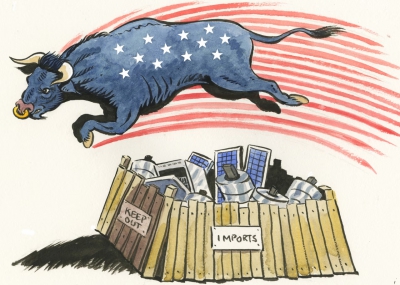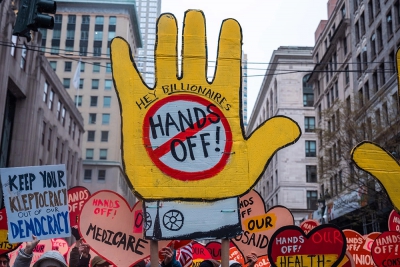On January 17th, 2025, the U.S. Supreme Court issued a formal judgment, ruling 9:0 that TikTok’s “sell or ban” bill was in compliance with the U.S. Constitution, and TikTok totally lose. The nine justices, regardless of liberal or conservative, unanimously agreed with the decision.

This is in line with previous expectations. Judging from the performance of the court trial, almost all the justices held a more supportive attitude towards the TikTok ban, and the judgment results were not significantly different from the court performance.
The bill will take effect on January 19th, 2025, but since both the Biden administration and the Trump administration have recently stated that they will not implement the bill, there are still variables as to whether TikTok will continue to operate by then.
After Trump takes office, he will be obliged to implement congressional legislation in good faith and implement the ban on TikTok. At the same time, the Trump administration and the Department of Justice under its leadership have discretion over how to enforce the law. There is no clear answer to how congressional legislation and executive discretion should be weighed.
In any case, the ball is now in the court of TikTok and the suppliers that serve TikTok. In the absence of proactive enforcement by the U.S. federal government, whether TikTok will voluntarily cease operations and whether suppliers will cut off services to TikTok will determine whether U.S. users can continue to use TikTok.

As for the verdict itself, there isn’t really that much to study. There are a few sporadic highlights:
First, the verdict was really quick. TikTok appealed on December 16th, the court session was held on January 10th, and the verdict was issued on January 17th. It is one of the fastest verdicts in the entire history of the Supreme Court.
Second, the verdict was really short. The text of the judgment is only 20 pages, and the accompanying opinions of the three justices total 5 pages. This is an anomaly among the numerous decisions of the U.S. Supreme Court in recent years.
Third, the judgment avoids many controversial issues. We had expected that the justices of the U.S. Supreme Court might give precedent-setting opinions on the application of the First Amendment to emerging social media.
Perhaps out of time considerations, the justices gave up the opportunity to discuss the First Amendment in depth in this case, but simply and clearly ruled that Congress's requirement that TikTok divest its equity on the grounds of data security is content-neutral, not based on specific speech considerations and consistent with the overwhelming national interest of the United States.
Regarding the potentially controversial covert content manipulation, the U.S. Supreme Court barely mentioned it in its judgment.
TikTok’s controversy in the United States will continue for some time.















